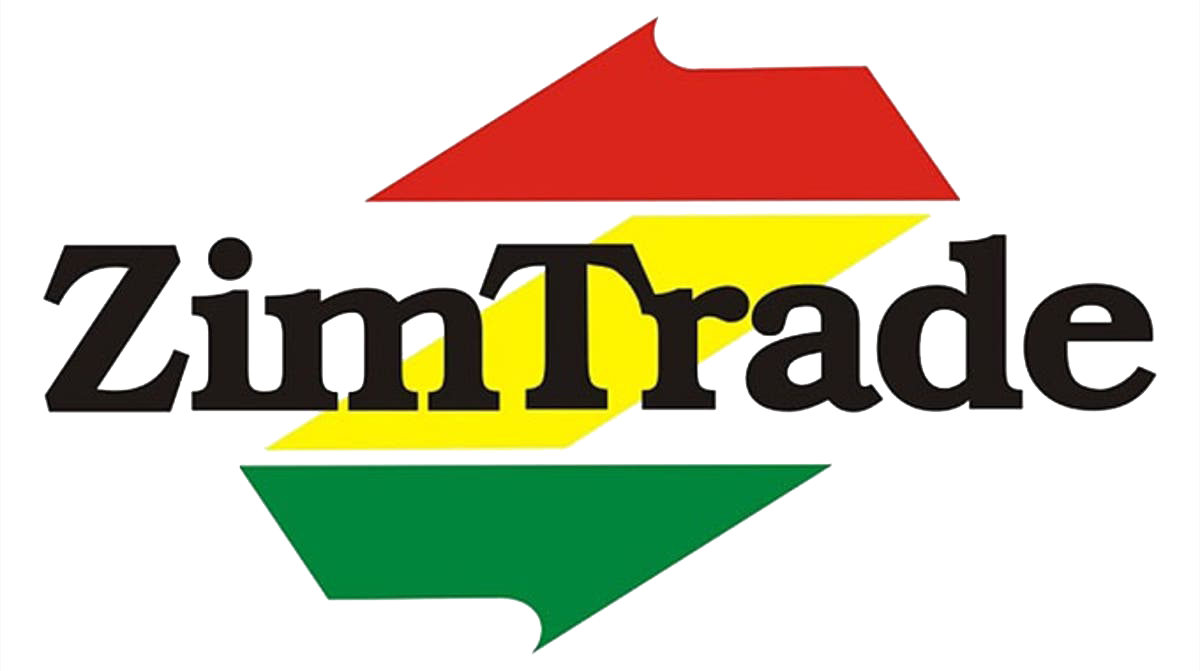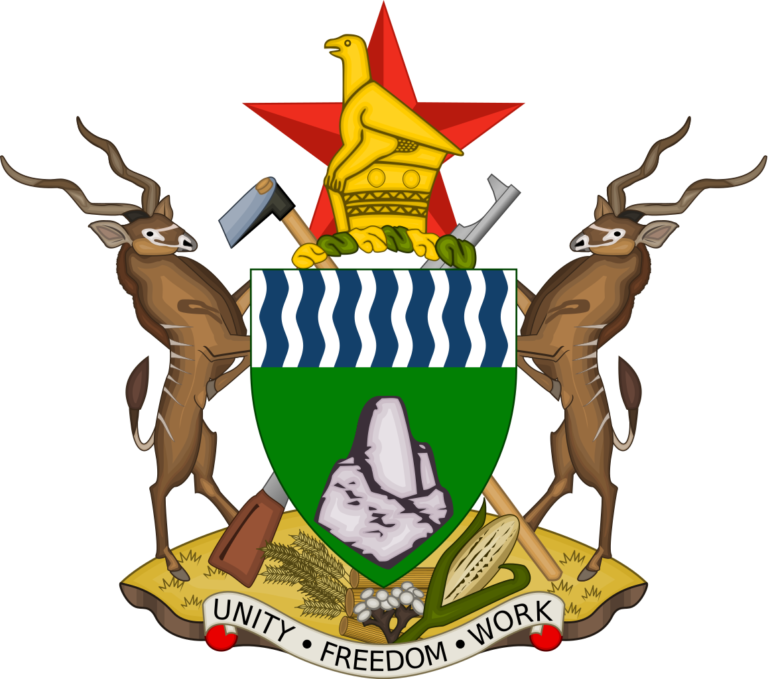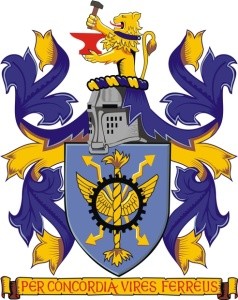- Privileged Partners
- Ministry of Industry and Commerce
- Livestock & Meat Advisory Council
- Ministry of Foreign Affairs
- National Arts Council of Zimbabwe
- Standards Association of Zimbabwe
- Zimbabwe Investment Authority
- Zimbabwe Revenue Authority
- Bureau Veritas
- Confederation of Zimbabwe Industries
- Cotton Ginners Association of Zimbabwe
- Credsure Insurance
- Engineering Iron and Steel Association of Zimbabwe
- Minerals Marketing Corporation of Zimbabwe
- Zimbabwe Farmers Union
- ZITMA
- Zimbabwe National Chamber of Commerce
Contact Us
Suite 1, 1st Floor
Mon Repos Building
Newlands
Harare
Telephone: +263 4 746796
Email: info@eisaz.co.zw
Website: www.eisaz.co.zw
Engineering Iron and Steel Association is registered in terms of the Labour Act (Chapter 28:01) to exercise functions and powers of an employer’s organisation/industrial Association
The organisation was formed in 1937 when labour became unionized and the industry became more sophisticated, a group of industrialists come together to form the Engineering Employers Association, which became officially recognised as the employer party to the National Employment Council (NEC) for the Engineering Iron and Steel Industry.
The employer and employee party came together frequently and maintained a constructive engagement in negotiating over many years the industry’s Collective Bargaining Agreement (CBA).
Within EISAZ several initiatives have been introduced by member companies to expand the activities of the Association to address issues affecting the industry. These are business matters beyond the scope of the CBA, requiring a range of skills embracing experience and a track record of executive performance across the engineering industry.
The Association is headed by a President appointed at a National AGM from a nomination put forward by the region with the turn to nominate. EISAZ is divided into two regional councils namely the Eastern and Western Region. The Presidency and the Vice Presidency alternates between the two regions after every two years.
The National Executive Council is the supreme decision making body of Association mandated with developing policy and overseeing the functions of the secretariat.
The Association secretariat is headed by the National Secretary who reports to the President and the National Executive Council.
Our main thrust is to provide labour relations advice but offers a broader service to members.
- Industrial Relations Services:
- To exercise the functions and powers of an employer’s organisation in terms of the Act;
- To regulate and co-ordinate the relations between members and their employees and to protect and further the interest of members in relation to their employees;
- To promote good labour relations in the industry;
- Technical Skills Training and Development:
- To promote the interest of apprentices, the various classes of skilled and professional works and learners, to encourage the practical and technical of apprentices, the various classes of skilled and professional workers and learners and to encourage every effort to create efficient skilled personnel in the industry through apprenticeship, skilled worker upgrading, learnership and training;
- Promotion of Occupational Health and Safety:
- To encourage the establishment of good working conditions for employees with particular regard to the structure, ventilation, lighting, sanitation and cleanliness of premises, the proper installation, maintenance and use of machinery and the prevention of accidents;
- Business and Commercial
- To promote interest of members;
- To provide members with information to assist them in the course of their business;
- To develop standards for its members to comply with;
- To develop code of ethics for the industry;
- To subscribe to, become a member of, incorporate with any other association, corporate or incorporated, whose objects are wholly or in part similar or complementary to those of the Association and to communicate to or obtain from any such association, such information as may be likely to benefit the industry or promote the objects of the Association;
To promote, support or oppose, as may the considered desirable in the best interest of members, any proposed legislative or other measure which may affect those interest.
- 75thAnniversary Conference in 2013
- Labour Amendment Act No 5, 2015 Workshop
- Engineering Iron and Steel Sector Strategy in 2015
- Upcoming Engineering Iron and Steel Business Conference (22 June 2016)
- Upcoming Annual Fundraising Dinner for the construction of EISAZ Offices
- Information to improve competitiveness (such as information on benchmarking against organisations that provide examples of best practice in the region and the world).
- Information on productivity (potentially use cluster initiatives where by member companies work together on an ad hoc basis or a permanent basis to improve their competitiveness in a particular market, applying the principle that the whole is greater than the sum of the parts).
- Facilitate research by an independent organisation that would collate the information and make industry-wide data available to the members.
- Information on market trends (domestic, regional and international, specifically looking at South Africa and interpreting the impact of changes in the iron and steel manufacturing sector there on Zimbabwe).
- ZimTrade must be informed of the EISAZ’s requirements.
- Negotiating with suppliers to the industry to achieve economies of scale
- Marketing and promotion of the industry for export markets
- Promotion of linkages with government and lobbying of the government on behalf of the industry
- Development and promotion of international standards to help with exports.


